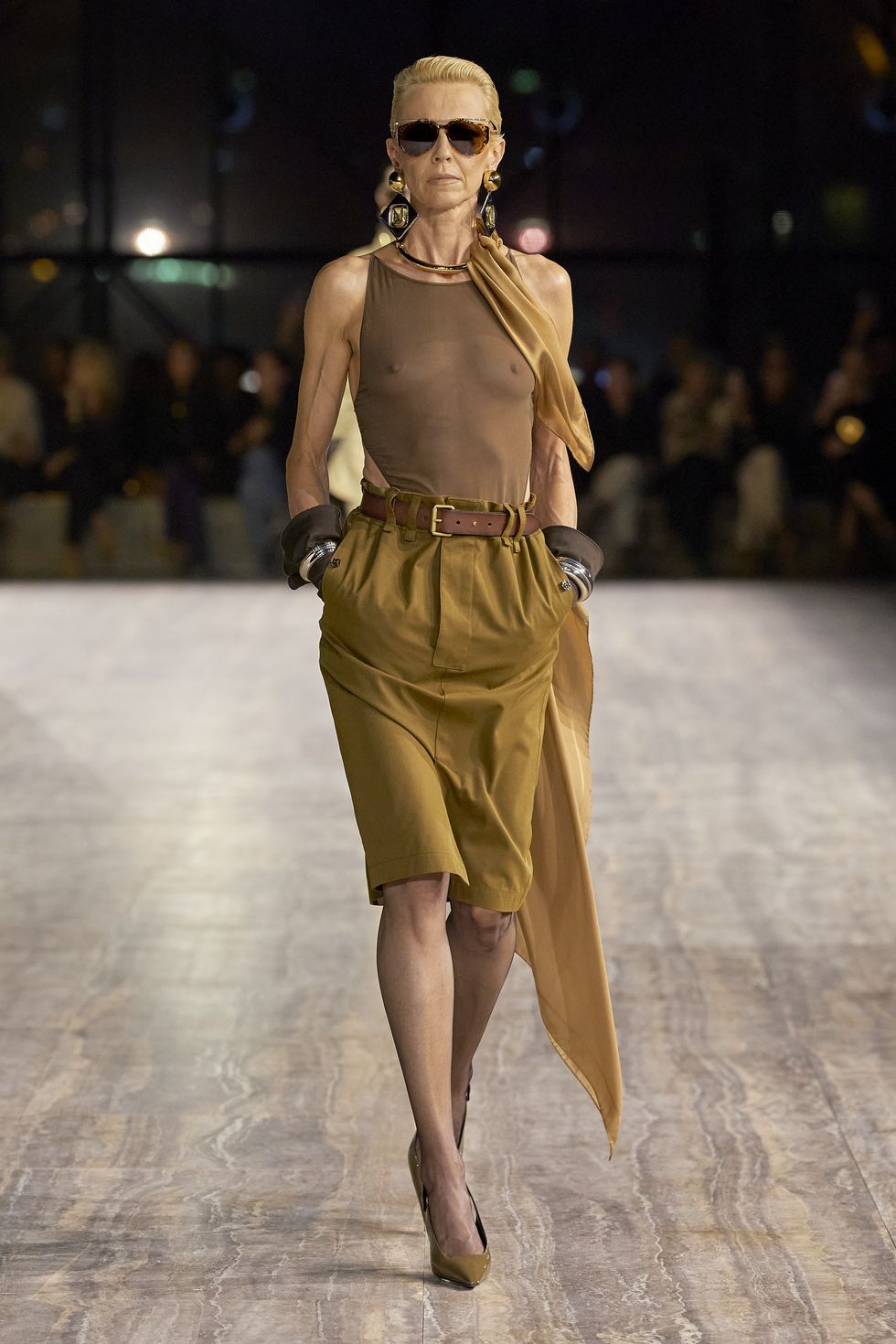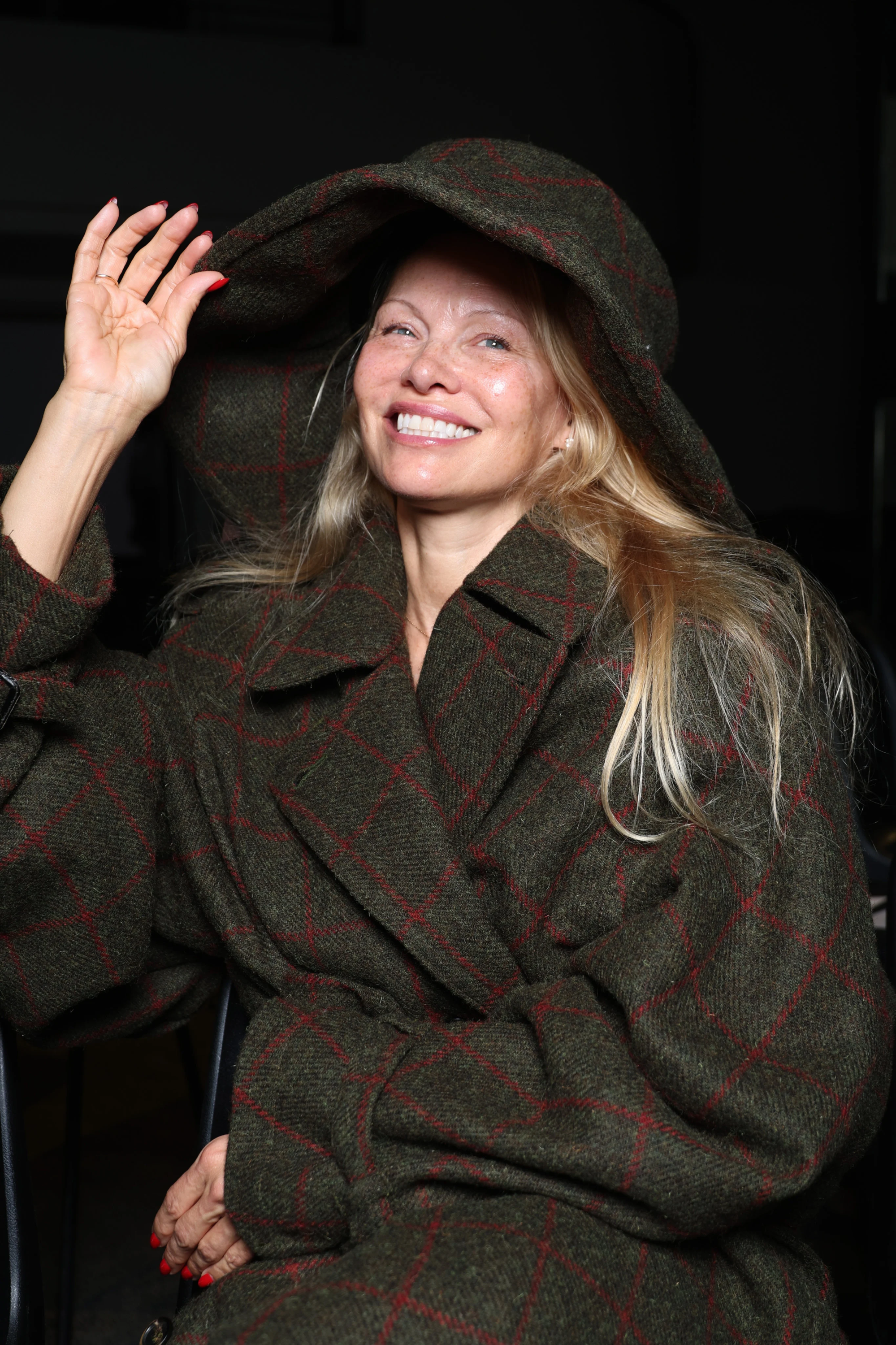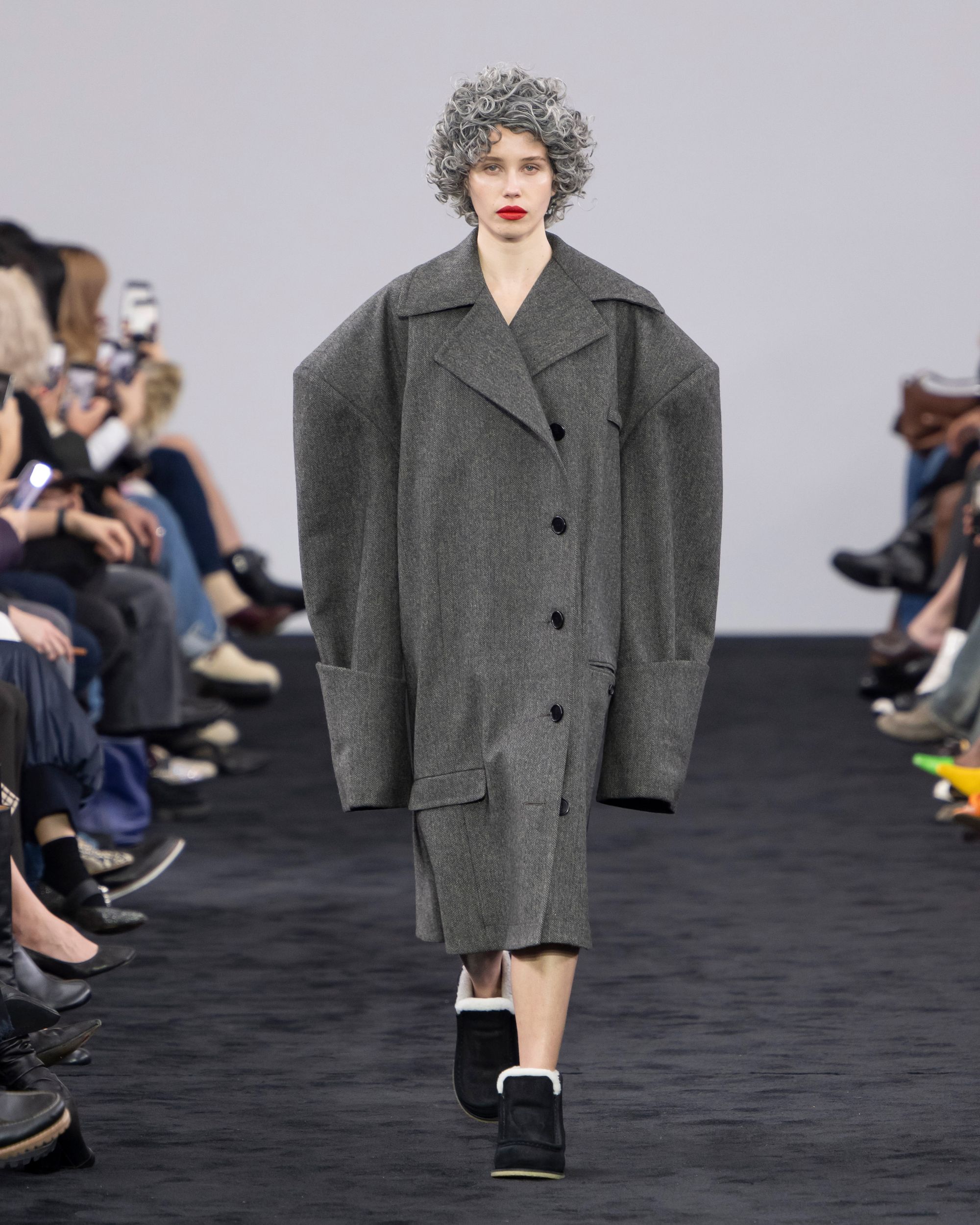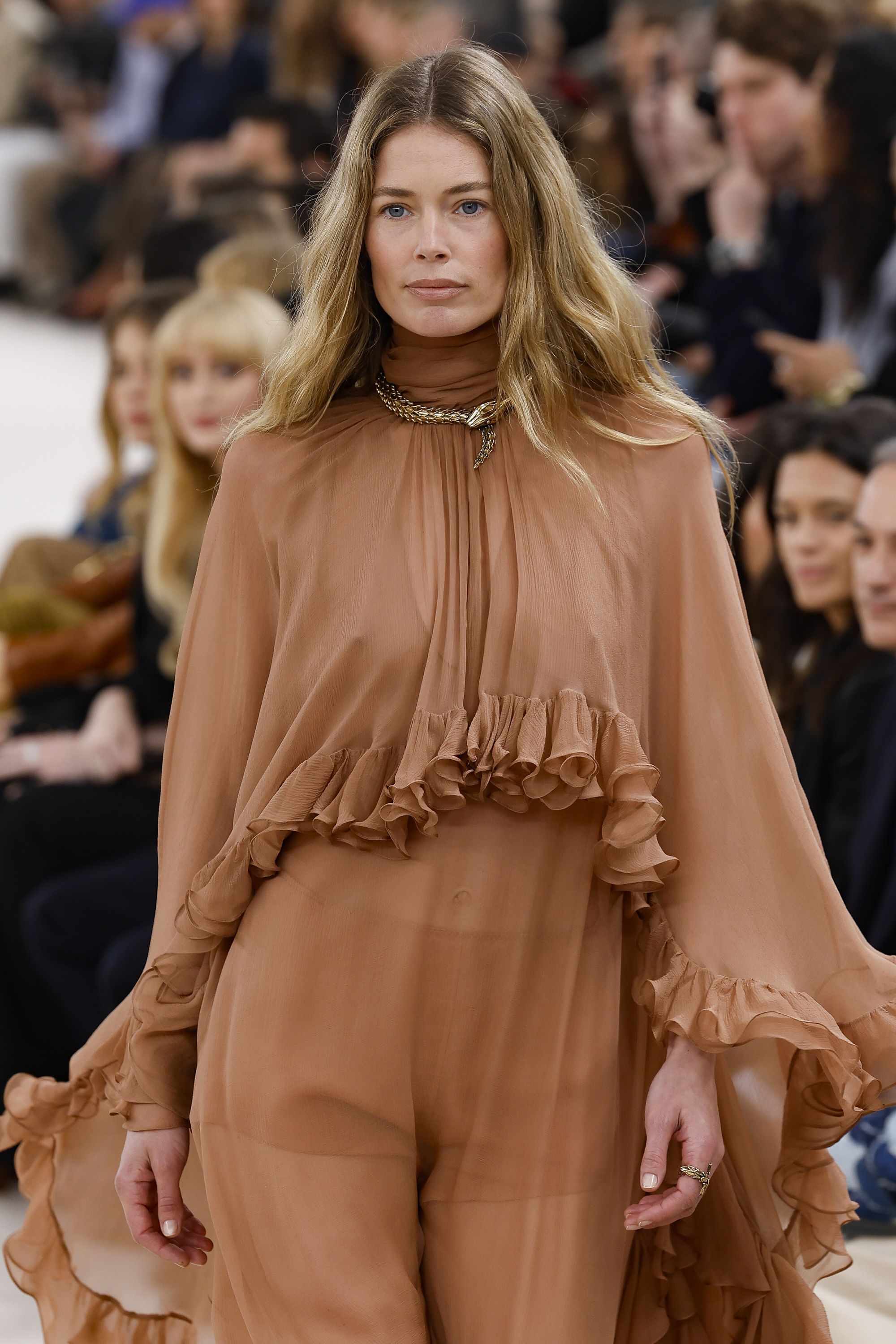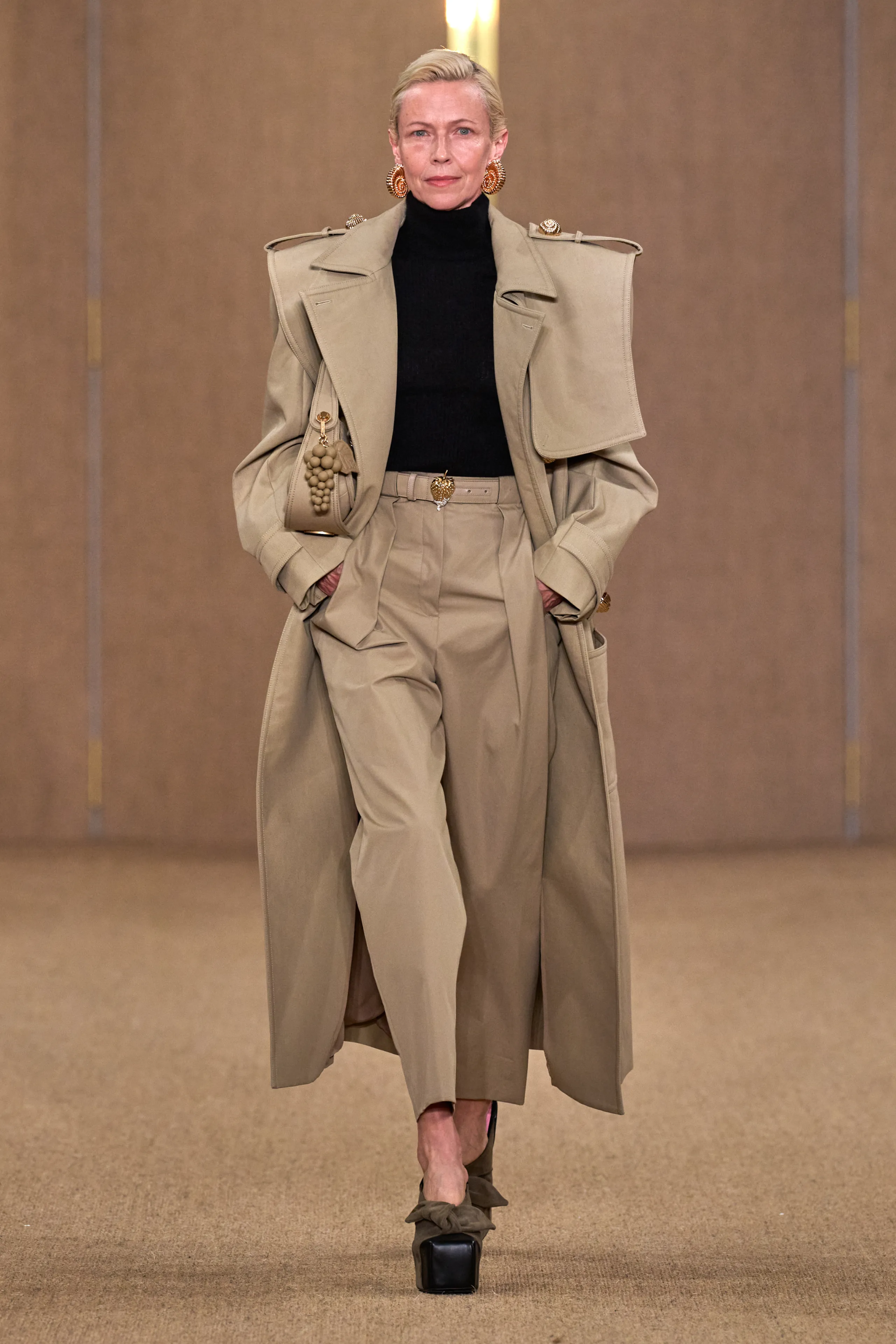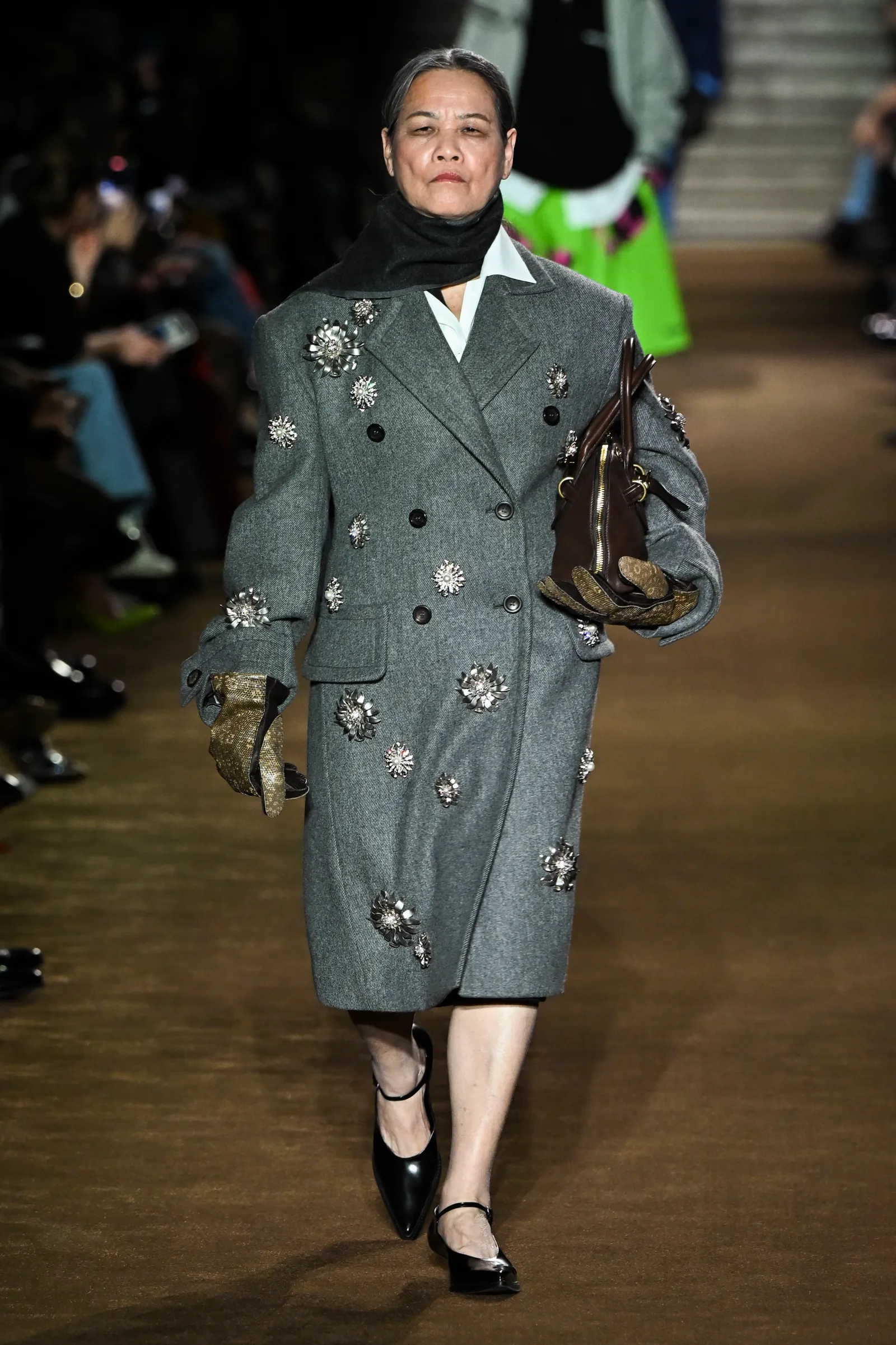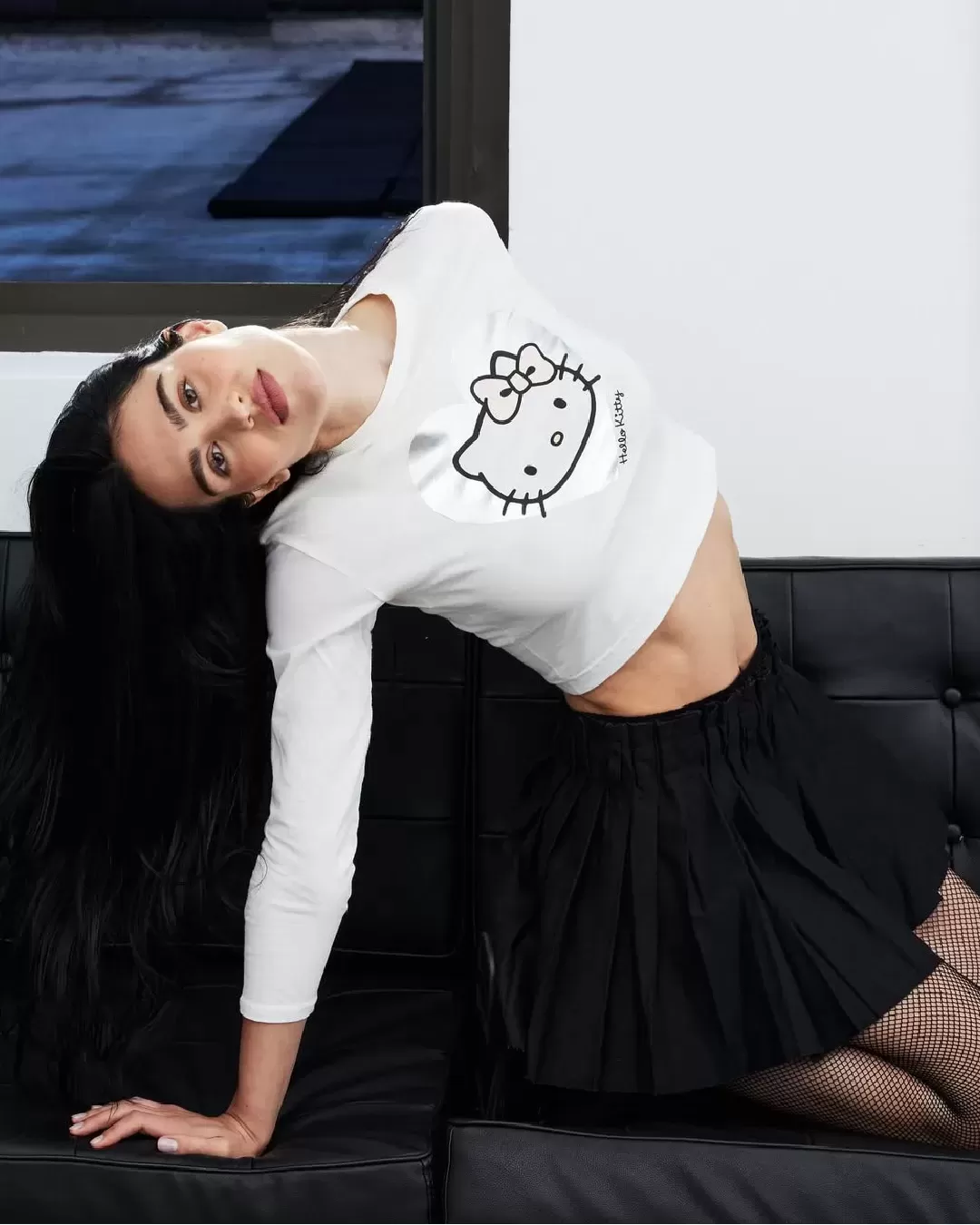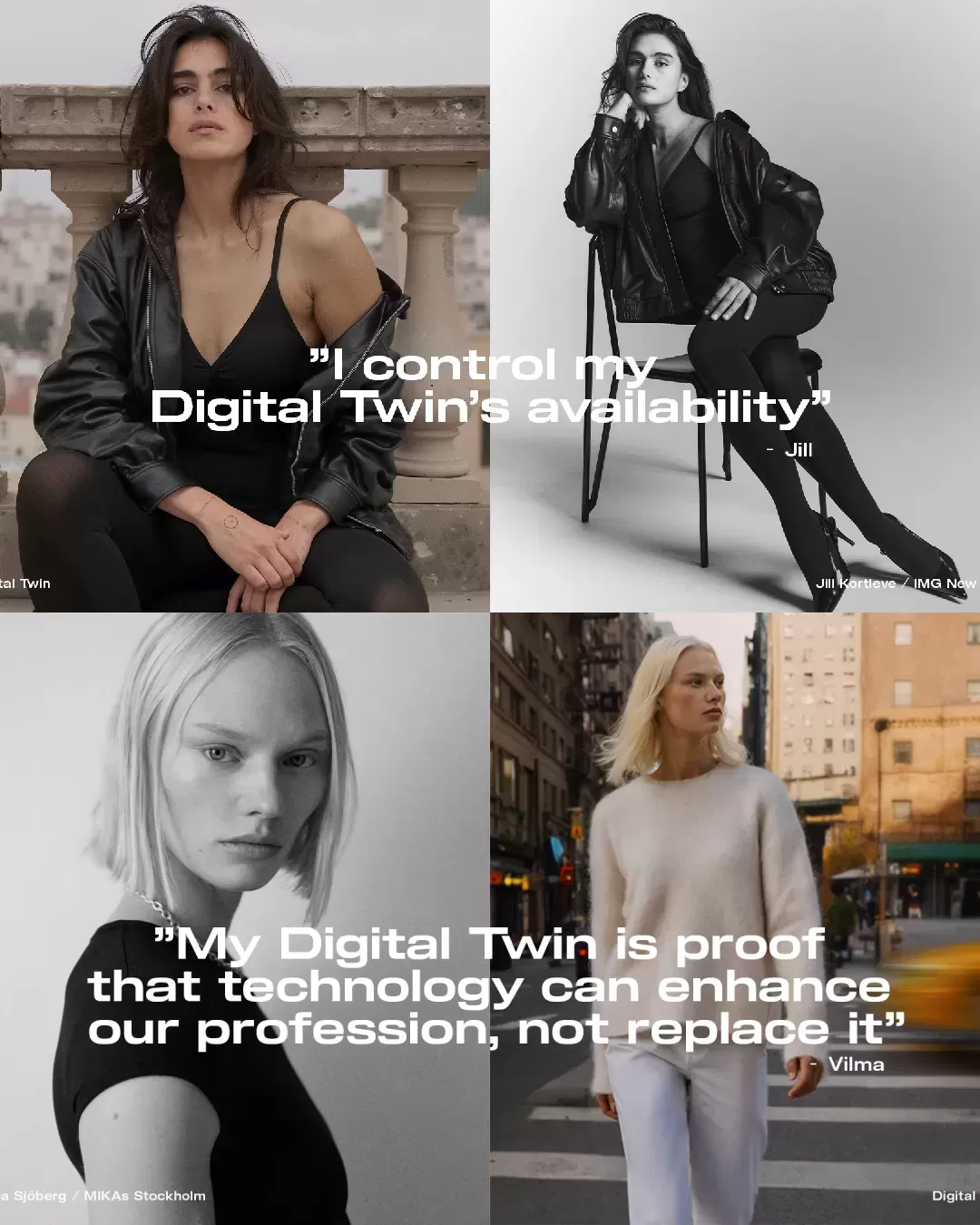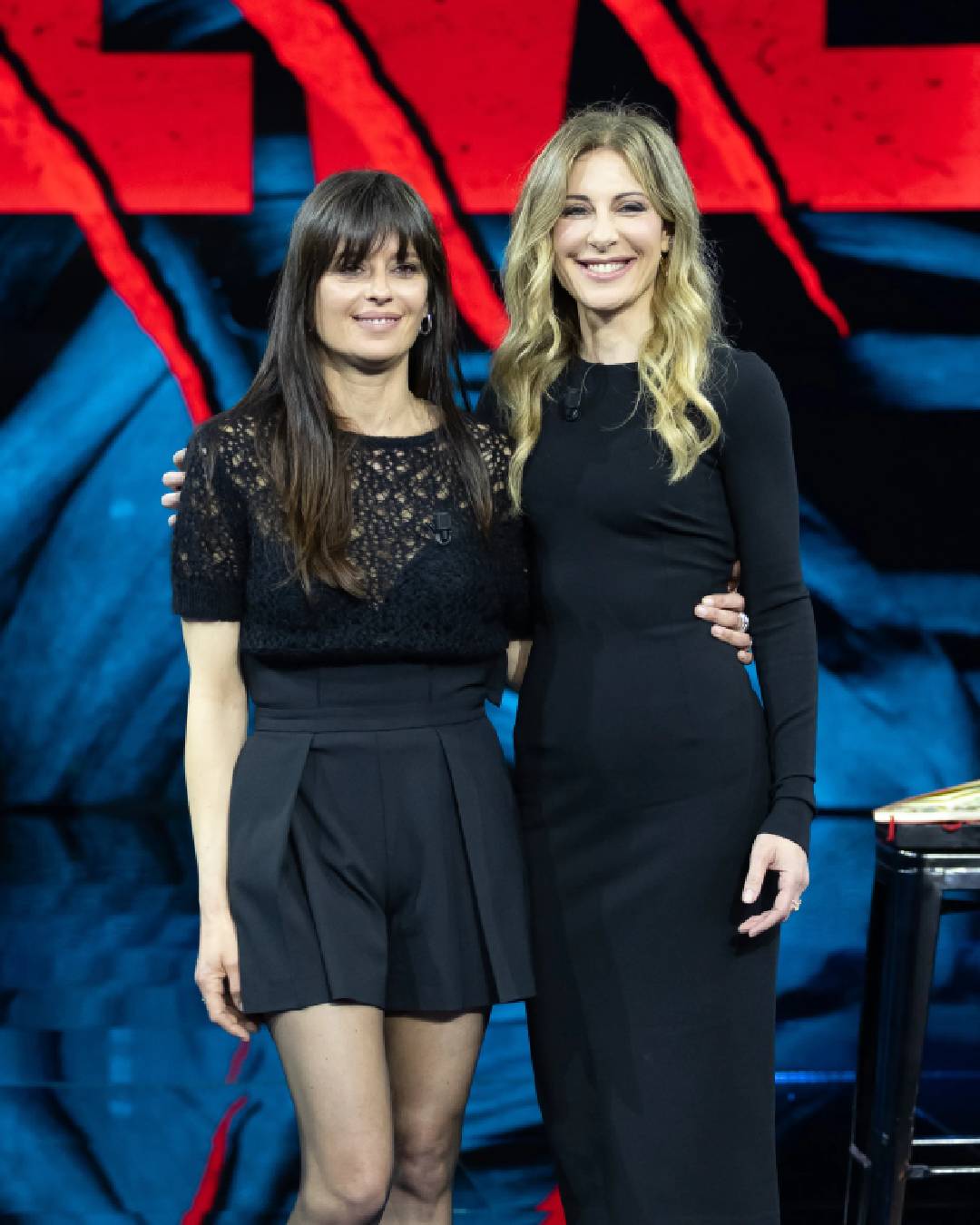
Fashion's new look is rocking grey hair What is the Grey Shift, the revolution of over-50s models
Much can be learned about a brand from the casting of its fashion shows, even more so than from the front row guests, often an endless list of celebrities with fleeting fame useful for creating engagement on social media and little more. Those who appear on the runway provide very specific clues about the type of customer the brand in question wants to address. Just like beauty standards, the models who walk for the top brands in the industry somehow reflect the economic situation of the company, sometimes even of the entire industry. It is therefore necessary to try to understand what prompted some of the major players in fashion to bring such a significant number of grey models (also known as models over 50) to the runway during the latest Fashion Weeks, present in the casting of over 70% of the most successful luxury brands. Miu Miu, which has found tremendous success in recent years thanks to its youthful aesthetic, chose to dress 70-year-old top client Qin Huilan, in line with the show's narrative focused on the different stages of life; Chloé, under the guidance of new creative director Chemena Kamali, had Doutzen Kroes, the brand muse from twenty years ago, closing the show, and finally JW Anderson had its models wear grey wigs to mimic the chic yet comical hairstyle of grannies. In a climate of economic uncertainties, fashion tends to seek refuge in old systems and abandon any momentum towards innovation, but in the post-inclusivity era, where every change is constantly monitored, stepping back could become subject to criticism.
Within the last Fashion Weeks, the level of commitment to diversified representation in the castings of the major fashion capitals has observed a significant regression. According to the Size Inclusivity Report by Vogue Business, this FW24 Milano worsened an already notable situation by moving to a 99% straight size look (size 0, 36 for Italians) from the previous season's 96%, as did New York, which gained nearly three percentage points on the topic. On the other hand, the runways of the top brands were completely different: almost three-quarters of the shows of the top twenty luxury maisons in the world included models over 30, recording an overall 33% increase in grey models on the runway from last season. In January, the first Victoria's Secret angel over 60 debuted, former Italian swimmer Elisabetta Dessy, then in February and March, we admired the timeless elegance of Anna Juvander in Miu Miu, Farida Khelfa and Connie Fleming in Mugler, Natasa Vojnovic in Courrèges, Georgina Grenville in Chloé, Estelle Levy, Axelle Doue, Marie Seguy, and Sylke Golding in Balmain. According to luxury, the new face of fashion rocks long grey hair, romantic expression wrinkles, and big golden earrings. Despite age, Bethany Nagy's look in Saint Laurent affirms she isn't afraid to show her body.
It was the early 2000s when fashion first observed the Prada Effect: tired of the cover faces of model-it-girls, the gossip of Kate Moss and Naomi Campbell, Miuccia Prada chose to bring to the runway a geometrically perfect row of models identical to each other, almost all from Eastern Europe. A homogeneous casting for height, hair color, and personality paraded with precise and repetitive movements, thus completely eliminating any distractions from the clothes. After the sensationalism of top models, leggy Amazons with seductive personalities, the focus returned to the looks alone, a trend of paying more attention to the product that preceded the economic crisis that would arrive in 2008. The Prada Effect spread like wildfire to the top of luxury brands, bringing models like Natalia Vodianova, Anja Rubik, and Tanya Dziahileva to conquer Paris Fashion Week. As often happens with extreme trends, the balance eventually shifted, catapulting the word #inclusivity into the center of the fashion debate and leading Victoria's Secret towards failure. More attention was paid to fair representation in fashion, a movement that paved the way for the rise of models like Imaan Hammam, Winnie Harlow, and Adut Akech, followed by advocates of body inclusivity like Ashley Graham, Paloma Elsesser, and Jill Kortleve. This was the period preceding and concurring with the Covid-19 pandemic, when fashion could still afford to listen to online public complaints and promote marketing activities in support of minorities. However, after the years of social media-truth came a new crisis, marked by a slowdown in post-pandemic spending, wars, and the widening of the social divide. Thus, the impassioned philanthropy of multinationals was replaced by a frantic rush towards creative directions focused on sales, no longer on message: inclusivity had to take a back seat.
For SHB casting director Sébastien Hernandez-Bertrand, the increasing presence of «silver models» on the runway represents a counter-trend to the ever-growing pool of extremely young models. As he observes, today's shows offer not only mature faces, but a mix of ages from which brands can benefit greatly. «Brands can reach and address to an older audience who has bigger budgets and at the same time embody and keep oriented into the future with youthful models.» Hernandez-Bertrand adds that the shift we are witnessing on the catwalk goes hand in hand with what is happening in our society: «we study longer, get married and have kids later, young generations often struggle until their thirties to establish in life. So there is a real opportunity on the market for brands with over 30 targets».
While the Prada Effect reflected the luxury brands' desire to refocus attention on clothes in anticipation of the crisis, what we could now call the Grey Shift on the fashion runway has another explanation, although the economic pressures they respond to are almost the same. In addition to inclusivity, which brands must continue to contend with, this time the nostalgia factor comes into play. Names from the past have been brought back to the runway by Dolce&Gabbana, Chloé and Helmut Lang, symbolising a continuity between the "classic" past and today's commercialism. The success of vintage fashion, accounts documenting the archives of the most beautiful campaigns of all time, and former pop faces sitting front row demonstrate the strong hold of past protagonists in the collective imagination. Leveraging their impact, brands can rely on the sense of comfort that nostalgia, disguised as novelty, provides. Moreover, choosing to dress a model over 30 allows fashion houses to remain inclusive without having to "bend" to an imaginary far from their clientele (and therefore their profits). Grey models reflect the ideal customer of luxury brands eventually leveraging a message that everyone, including haters, can agree on: ageless beauty. Last summer, 90s top models reunited to be photographed together again, and in April Vogue Philippines featured 106-year-old tattoo artist Apo Whang-Od on the cover. Since Pamela Anderson, 56 years old, stunned the fashion world by appearing at Fashion Week without makeup, the natural beauty admired by the inclusive movements of plus-size models has taken a new turn: that of wrinkles.










































